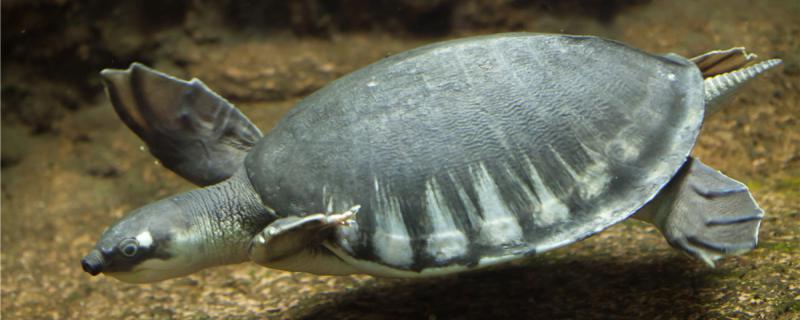If you want to distinguish between male and female pig-nosed turtles, you can look at the tail first. Female pig-nosed turtles have shorter tails and males have longer tails. The second is to look at the cloaca, the female cloaca is near the plastron, and the male cloaca is near the tail. Finally, it depends on character. Males are more ferocious and aggressive, while females are more gentle. Pig-nosed turtles are difficult to distinguish between male and female when they are young, but it is easier to distinguish between male and female when they are adults.

There are three main differences between male and
female pig-nosed turtles. The first point is that the tail is different. The tail of female pig-nosed turtles is thicker but shorter, while that of male pig-nosed turtles is longer. But they all have similar tails when they are young, so it is difficult to distinguish them by their tails when they are young. The second point is that the position of the cloaca is different. The position of the female cloaca is close to the plastron, and the position of the male cloaca is close to the tail. The breeder only needs to compare the two pig-nosed turtles to distinguish them. The third point is that the personality is different, the male pig-nosed turtle's personality is more aggressive, the female is relatively mild, but the specific combination of the above two points to judge. 2. When does the pig-nosed turtle breed
in its place of origin? The pig-nosed turtle breeds from July to October every year. When breeding, adult females climb to the shore in the evening or at night, find a wet, soft ground, dig a hole, and lay their eggs in it. Pig-nosed turtles hatch in a special way. When their embryos mature, they will enter dormancy in the eggs until heavy rains or floods come, and the pig-nosed turtles will break through the soil. Now there are fewer pig-nosed turtles bred artificially, and the growth of pig-nosed turtles bred artificially is relatively slow.
 There are three main differences between male and
There are three main differences between male and